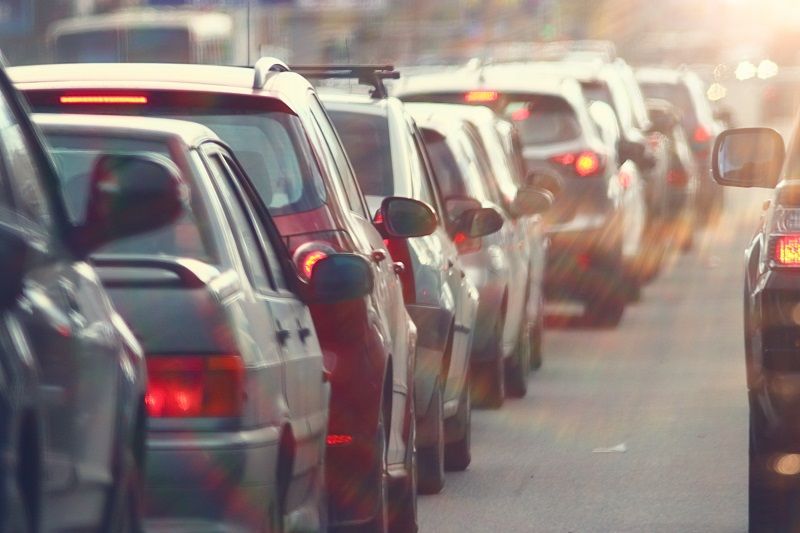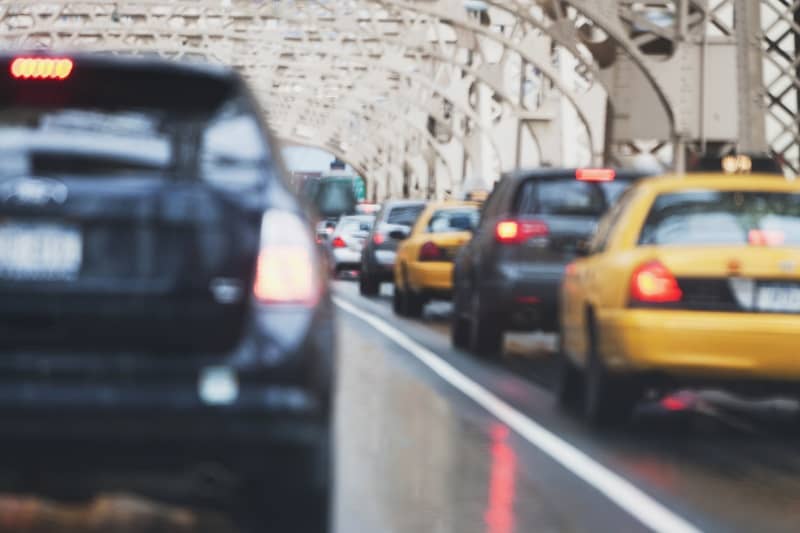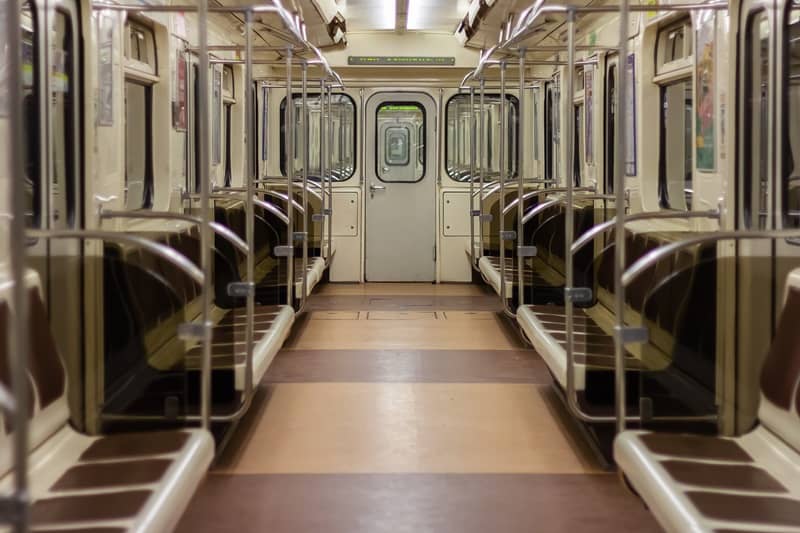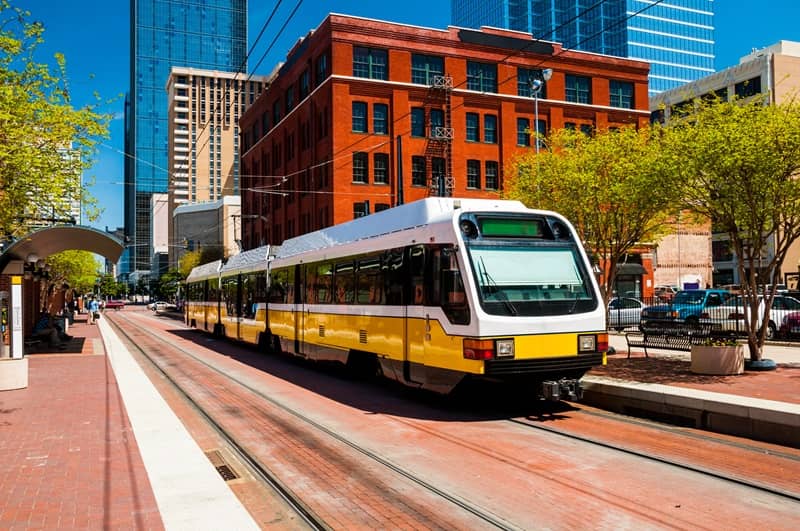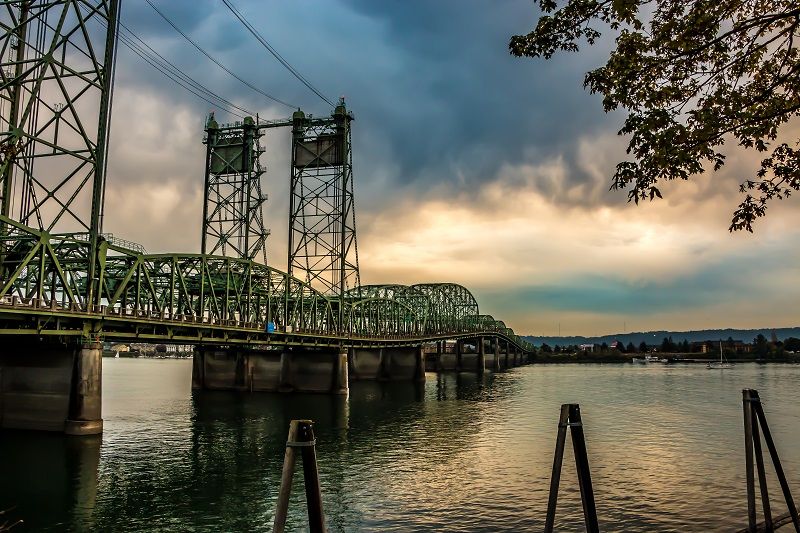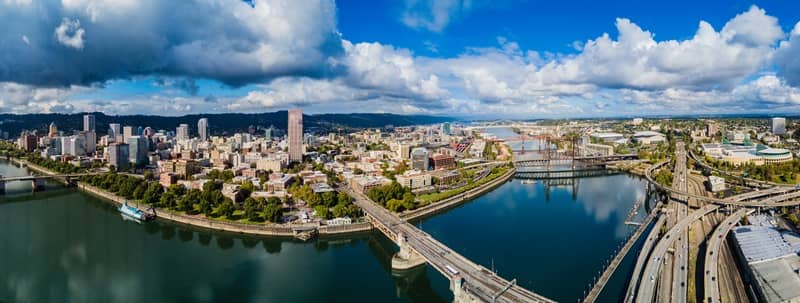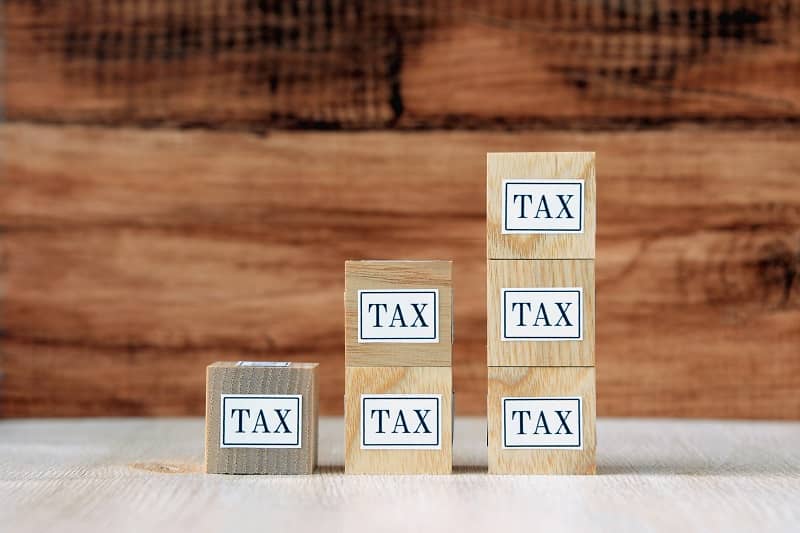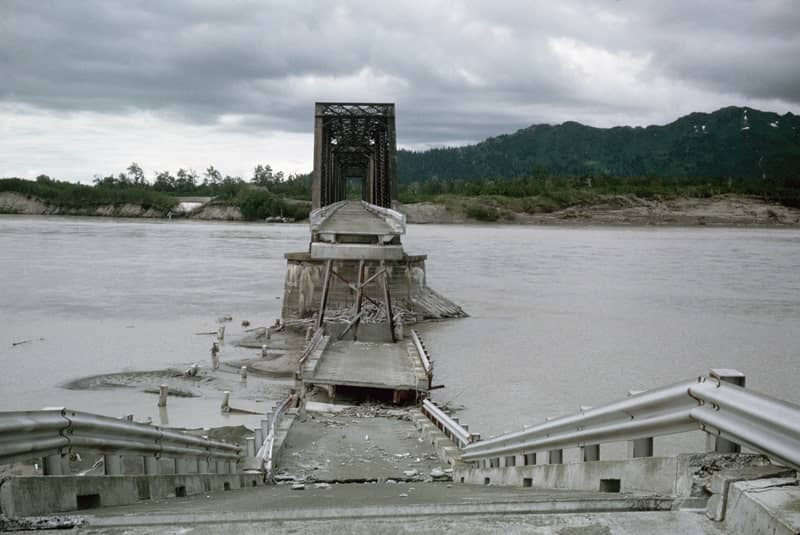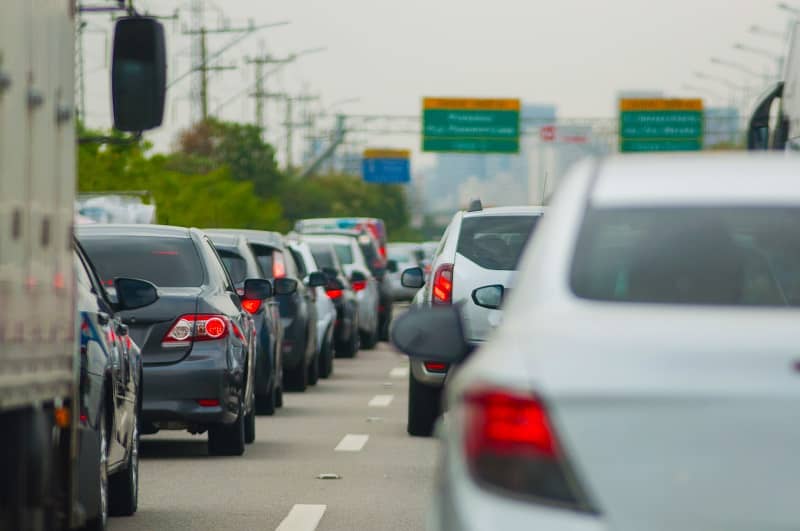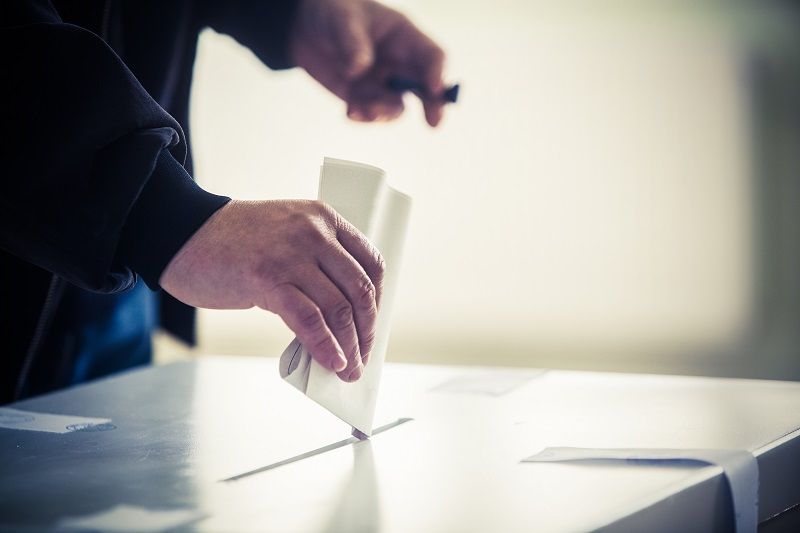By John A. Charles, Jr.
The Portland Auditor released the 2016 Annual Community Survey on November 30. The responses show that the share of all commute trips taken by public transit fell 17% during the past year.
This was part of a longer-term decline in transit use. The transit share of all Portland commute trips peaked in 2008 at 15%. Since then it has hovered near 12%, and now rests at 10%.
Taxpayers should be especially concerned about the negative correlation between passenger rail construction and market share. In 1997, when the region had only one light rail line—the Blue line to Gresham—transit market share was 12%.
After extending the Blue line to Hillsboro and adding four new lines plus the WES commuter rail and the Portland Streetcar, transit market share is only 10%.
Travel Mode Share for Weekday Commuting
Portland citywide, 1997-2016
| Mode | 1997 | 2000 | 2004 | 2008 | 2010 | 2012 | 2014 | 2015 | 2016 |
| SOV | 71% | 69% | 72% | 65% | 62% | 61% | 63% | 60% | 61% |
| Carpool | 9% | 9% | 8% | 8% | 7% | 6% | 6% | 5% | 6% |
| Transit | 12% | 14% | 13% | 15% | 12% | 12% | 11% | 12% | 10% |
| Bike | 3% | 3% | 4% | 8% | 7% | 7% | 8% | 7% | 8% |
| Walk | 5% | 5% | 3% | 4% | 6% | 7% | 8% | 9% | 9% |
| Other | n/a | n/a | n/a | n/a | 7% | 6% | 6% | 7% | 7% |
Source: Portland Auditor, Annual Community Survey
The numbers cited above are for citywide travel patterns. When broken out by sector, the Auditor found that just 5% of all commuters in Southwest Portland took transit to work in 2016. Despite this lack of interest by commuters, TriMet and Metro are working to gain approval for another light rail line extension from Portland State University through SW Portland to Bridgeport Village. The likely construction cost will be around $2.4 billion.
Unfortunately, there is no empirical basis for thinking that cannibalizing current bus service with costly new trains would have any measurable effect on transit use.
Transit advocates like to claim that we simply need to spend more money to boost ridership, but we’ve already tried that. TriMet’s annual operating budget went up from $212.2 million in 1998 to $542.2 million in 2016. After adjusting for inflation, that’s an increase of 72%. Those increases were on top of construction costs for rail, which cumulatively exceeded $3.6 billion during that era.
It’s time to stop the myth-making and start holding public officials accountable for a plan that isn’t working.
John A. Charles, Jr. is President and CEO of Cascade Policy Institute, Oregon’s free market public policy research organization.
